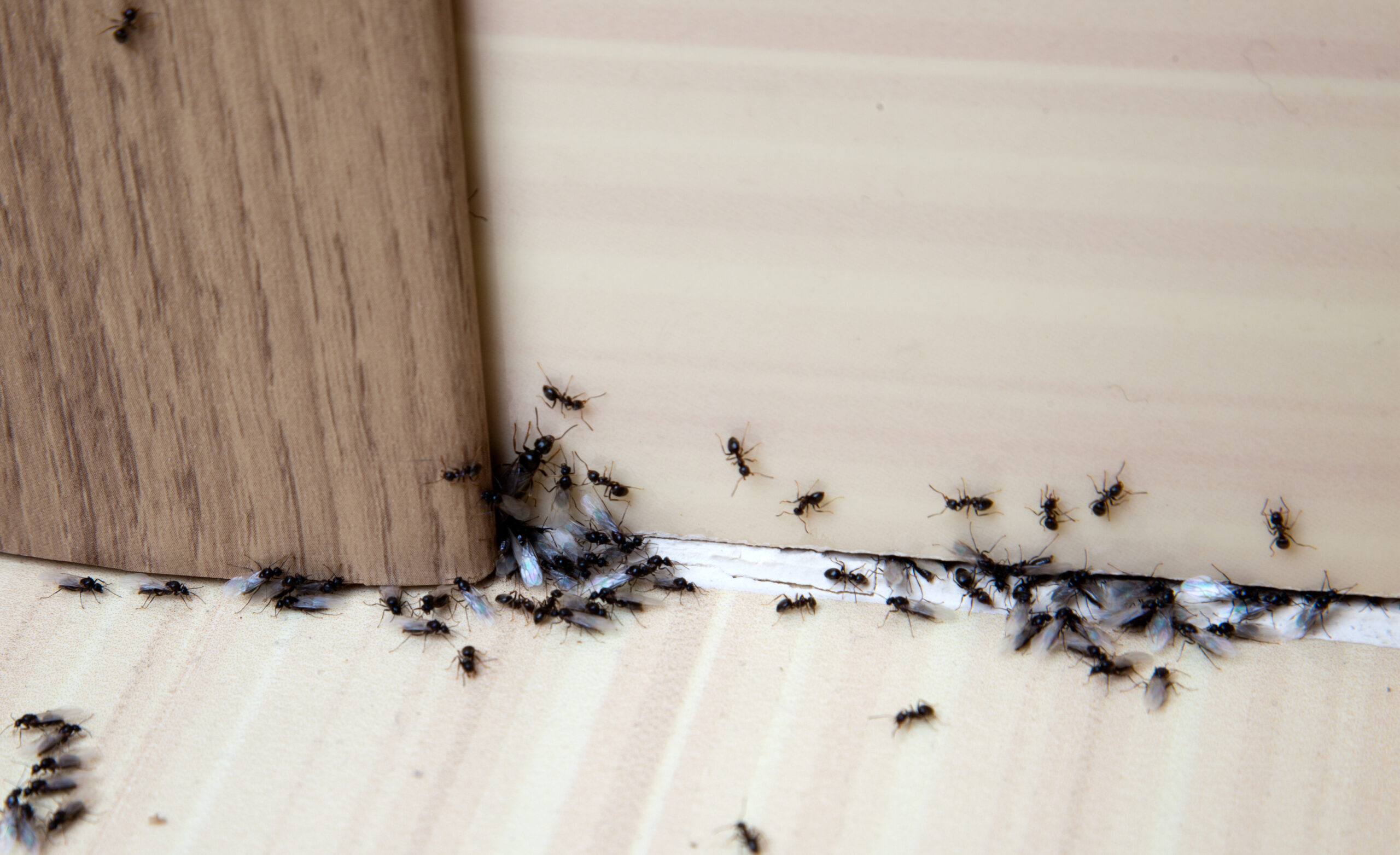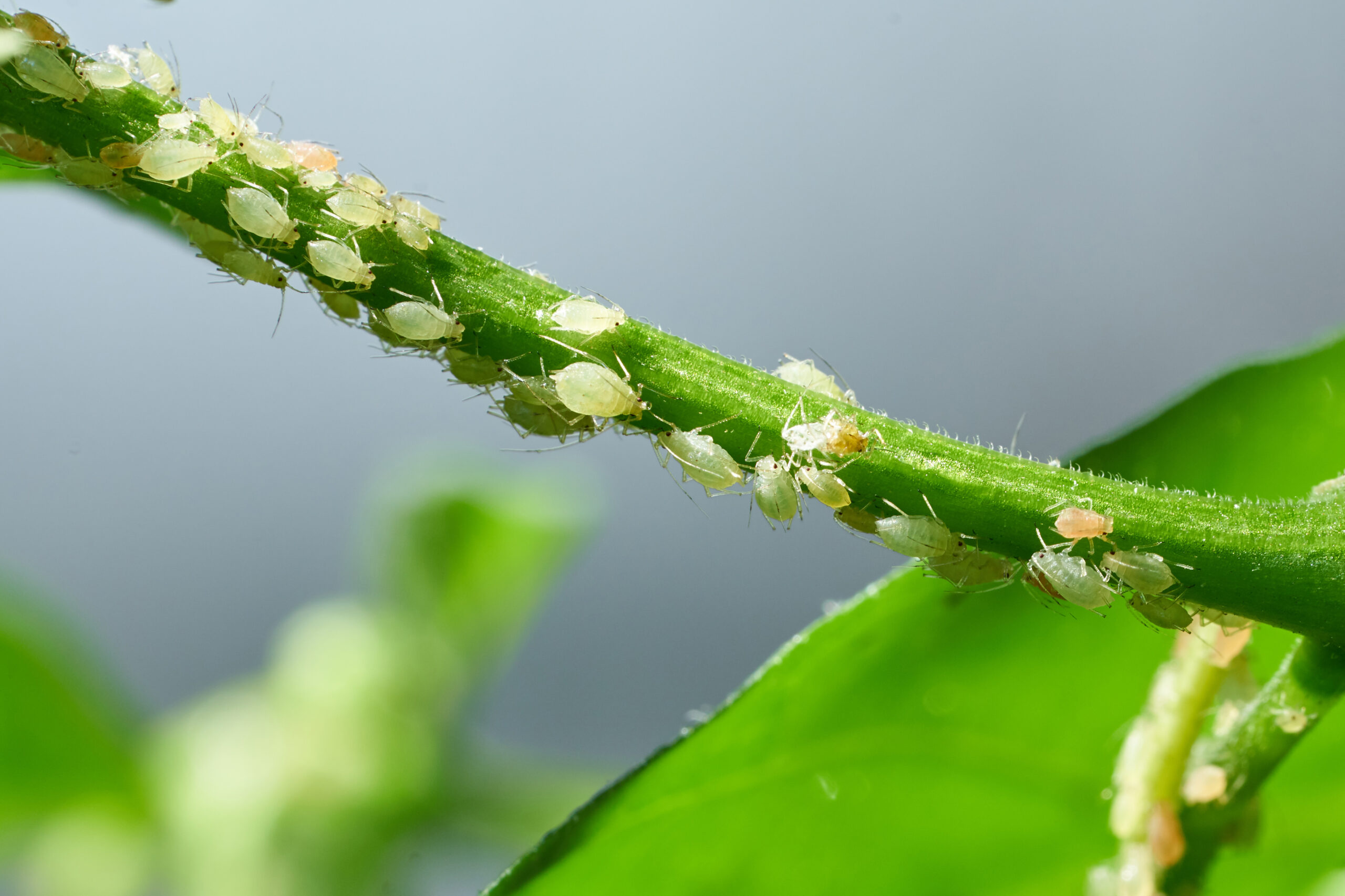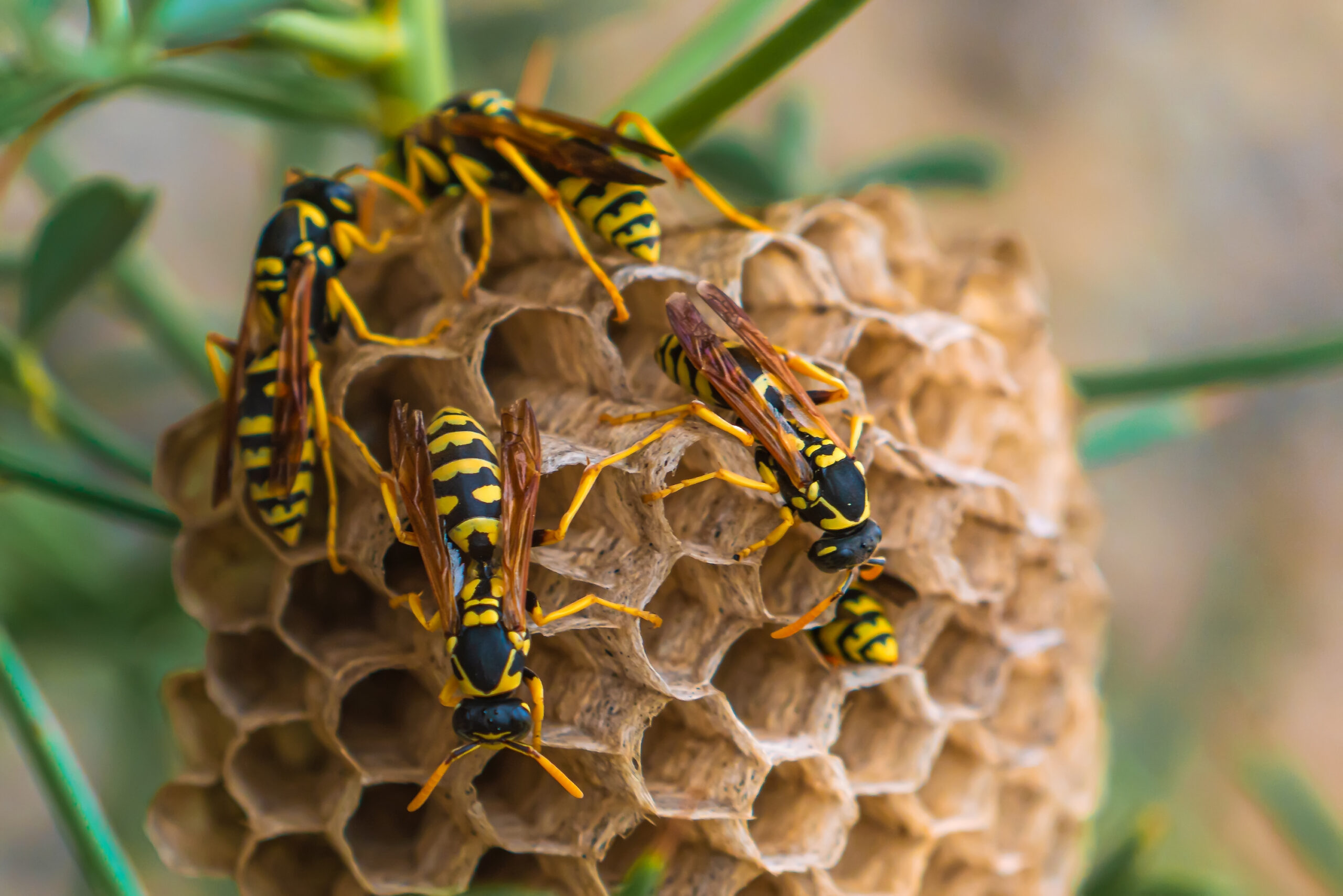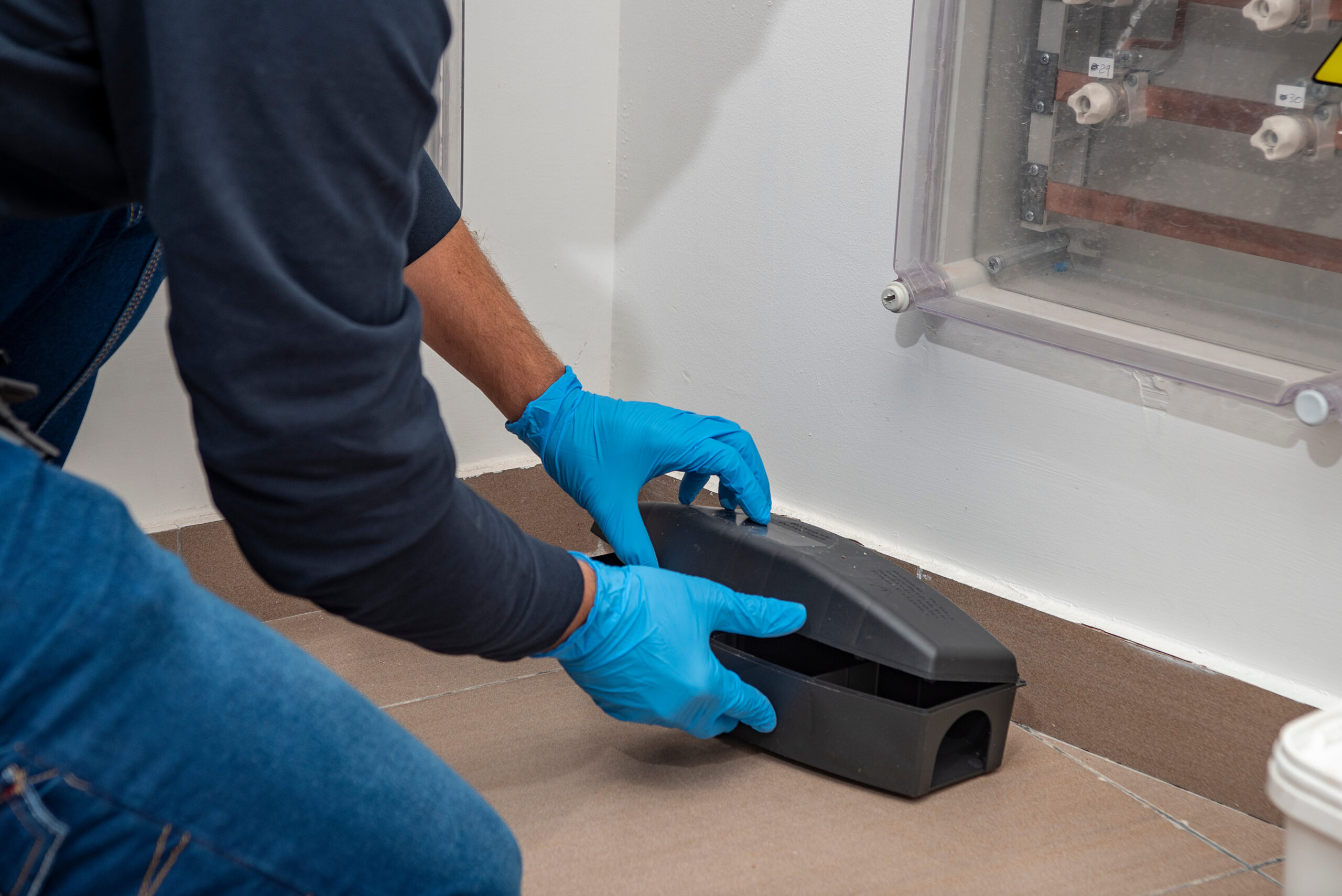IPM: What Is It And How Has It Changed Pest Control?
IPM: What Is It And How Has It Changed Pest Control?
IPM: What Is It And How Has It Changed Pest Control?
Pest control is more than just spraying some pesticides and calling it a day. Actually, let’s rephrase that: great pest control is more than just spraying some pesticides and calling it a day. The best way to consistently eliminate and prevent pests is to use a combination of treatments, rather than relying on one product to do all the work. Enter: IPM.
Integrated Pest Management (IPM) started in the 1970s as a way to cut down on pesticide use in agriculture because of the negative effects from the pesticides at the time. IPM is still a popular pest control method today and works against all kinds of pests. Many pest control companies (including ours) even train their technicians specifically in this method. Let’s explore the basic premise of IPM and why it continues to be the safest, most effective pest control strategy of them all.
IPM Basics
In short, IPM is a combination of strategies to target certain pests and reduce the amount of safety hazards in pest control. The technicians who work with IPM use their knowledge of pests and their life cycles to determine the best treatments for the current pest issues. It’s basically a series of decisions and evaluations that the expert completes to make sure they are targeting the pests with the correct treatments. IPM works in both agricultural and non-agricultural settings, meaning that it’s helpful for farmers and homeowners alike.
The goal behind IPM’s creation was to reduce the amount of pesticides used, as this would subsequently minimize the risks and damages that went along with traditional pest control. Although the pest treatments are less dangerous than the products from 50 years ago, IPM is still the preferred method because it focuses on solving the problem. It’s about providing long-term solutions that don’t rely on synthetic chemicals to get the job done.
The Main Benefits
IPM is foundational to many pest control experts and is often preferred by people seeking out pest solutions that don’t solely consist of spraying some kind of chemical. This practice is all about knowledge; the more you know about pests, the easier it is to eliminate and prevent them. For instance, a technician who knows all about ants and their life cycles can efficiently treat them by targeting the colony’s nest and trails.
IPM is useful for any type of pest problem, its main benefits being that it is:
- Cost-Effective. It’s more affordable in the long run to use less product and introduce multiple treatments that actually get to the root of the problem.
- Environmental. The pesticides used today aren’t nearly as dangerous as their predecessors, but it’s still better for the environment to minimize the use of chemicals where we can.
- Safer. IPM is implemented with people in mind, made evident by the lack of “random” chemical products applied during each service.
- Targeted. Instead of affecting every critter in sight, IPM targets the harmful pests and eliminates them without hurting the entire ecosystem.
4 Essential Steps
The steps in a standard pest control service differ with each pest species. You can’t use the same treatments on a termite colony that you would on a hornet’s nest! That being said, there is an order of operations when it comes to IPM. These steps work for any pest problem since they focus on uncovering the best ways to control the pest situation long-term.
According to the EPA (Environmental Protection Agency), there are 4 main steps to follow in using IPM:
- Set Action Thresholds. This essentially means creating guidelines or parameters to help the expert know how serious the pest problem is at this time. Common factors to consider here are the pest population (if the infestation grows or shrinks), the conditions (if the pests are mostly indoors or outdoors), and the development (if the treatments are noticeably solving the issue).
- Monitor & Identify Pests. Like we said earlier, the type of pest determines which treatments the professional should use in IPM. It’s important to identify the pests early on because it eliminates the possibility of applying the wrong pesticides. The technician should also monitor the pest issue as the treatments take effect to make sure that the solutions are actually working. They typically monitor the infestation size and any areas of damage (like a rodent nest) for signs of improvement.
- Prevention. Pest control is nothing without prevention. What’s the use of eliminating the pests now without applying treatments to make sure their kind doesn’t return later? In addition to ending the current threat, the pest expert should apply treatments while thinking about prevention. The treatments that consistently stop pests should be introduced during this stage.
- Control. This one is more of a general principle to keep in mind, but it’s still a step worth noting. The whole point of IPM isn’t just to cut down on the use of pesticides. It’s also to control pest problems and provide long-term solutions for each concern. The technician needs to find the ideal method to reduce risks and make a noticeable impact on the pests involved.
Types of Pest Control
After all of this talk about IPM and its principles, it’s time to focus on the actual treatments that are used in this practice. These types of control aren’t necessarily used to fight every single pest issue. But they are used in tandem with each other to create the ideal combination of treatments that will eliminate and prevent pests.
There are enough specific products and systems to fill a book, but the four main types used in IPM are:
- Biological: This category is completely natural. It relies on using the specific pest’s enemies to organically reduce the pest population. Some of these are the responsibility of the client if they want to introduce it to their home or yard. The natural enemies of common pests include plants, parasites, predators, competitors, and pathogens.
- Chemical: IPM is not entirely chemical-free because these treatments are sometimes necessary to eliminate the issue. But the key guideline to remember here is that the treatments should target the specific pests by disrupting their life cycles and mating habits. The chemical treatments need to eliminate the current pests and prevent any future ones from causing the same issues later.
- Cultural: Cultural treatments are all about affecting the pests’ environment without doing damage to the ecosystem that make up their surrounding environment. It could mean changing the yard maintenance to block the pests out by watering the greenery more or less than usual for a time. Other types of cultural pest control are reproduction (disrupting their breeding sites), establishment (treating their homes), dispersal (spreading the treatments around their habitat), and survival (addressing the pest population source).
- Mechanical/Physical: The most direct of them all, this control method targets pests by introducing treatments that don’t let them slip through the cracks — literally. Mechanical and physical treatments directly impact the pests by killing them or blocking them from entering a certain area. Rodent traps and barrier treatments are the most well-known methods from this type of control.
Pointe Uses IPM-Based Services
At Pointe Pest Control, we believe that pest control should never be considered a “one-size-fits-all” practice. Every pest has different preferences and habits, so the most efficient way to eliminate them is with targeted treatments and preventative methods. Our licensed technicians begin each service with a thorough inspection of the property, then use their findings to create a customized treatment plan to target those issues. We provide long-term solutions, not temporary fixes. Contact us today for a free quote on our reliable services that prioritize pest prevention over unnecessary pesticide use!
Citations
Integrated pest management. (n.d.) USDA. Retrieved March 22, 2024, from https://www.usda.gov/oce/pest/integrated-pest-management
Integrated pest management (IPM) principles. (2023, September 20). EPA. Retrieved March 22, 2024, from https://www.epa.gov/safepestcontrol/integrated-pest-management-ipm-principles
What is integrated pest management (IPM)?. (n.d.). UC IPM. Retrieved March 22, 2024, from https://ipm.ucanr.edu/what-is-ipm/
Request a Free Quote Today
(We do not share your data with anybody, and only use it for its intended purpose)




